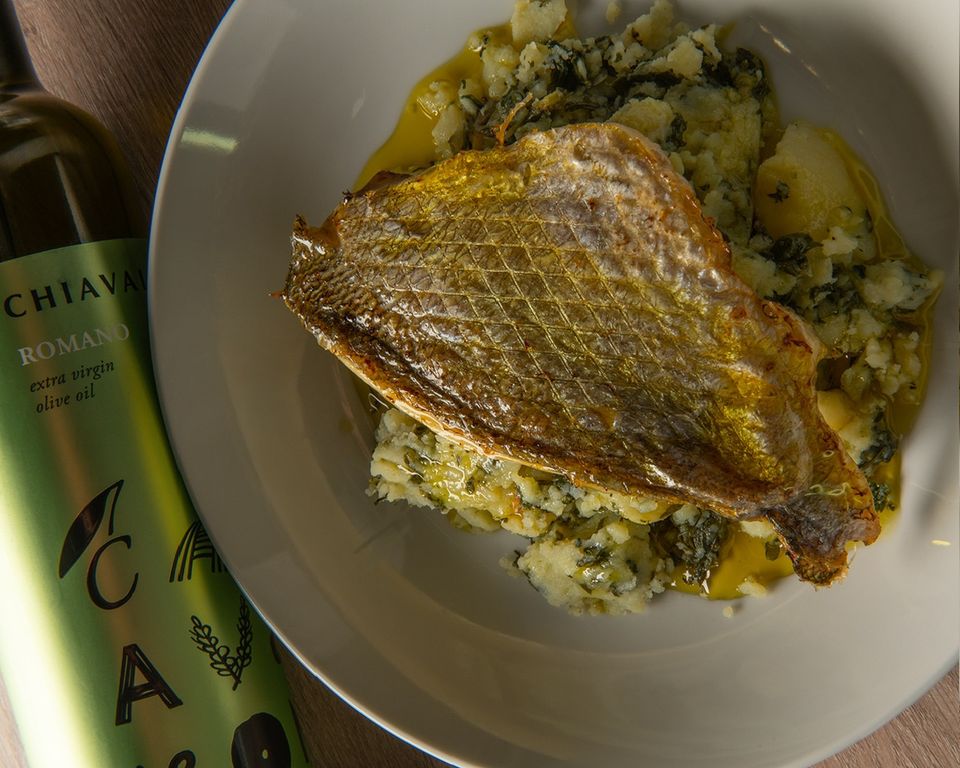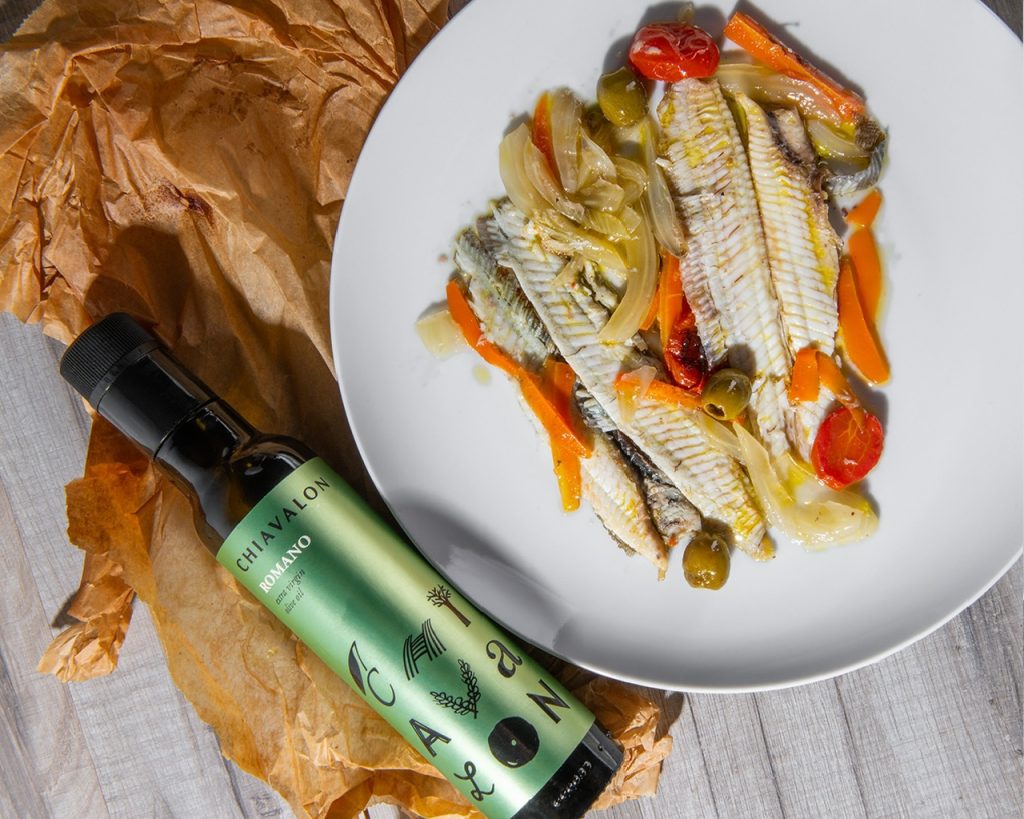News
Recipes
24. 6. 2025
Treasures of the Northern Adriatic: Fish, Pristine Sea, and Mediterranean Cuisine

The northern Adriatic, encompassing the coasts of Istria and Kvarner, stands as one of the richest and best-preserved marine areas in the Mediterranean. Its biodiversity, crystal-clear waters, and the traditional lifestyle of local communities make this region an exemplary model of sustainable coexistence between humans and nature.
A Sea that Nourishes and Inspires
In June, as sea temperatures rise, marine life flourishes. This period is ideal for fishing and savoring fresh, locally caught fish that form the cornerstone of Istrian and Kvarner cuisine.
Among the most common and esteemed fish species caught and consumed in June are:
- Gilt-head bream (orada) – the queen of the Mediterranean plate, often grilled.
- European sea bass (brancin) – light and tender, perfect for baking in salt or olive oil.
- Common pandora (pagar) – meaty white fish, excellent for brodetto.
- White seabream and annular seabream (fratar and šarag) – smaller fish with intense flavor, ideal for soups or boiling.
- Mackerel and chub mackerel (skuša and lokarda) – oily, blue fish rich in omega-3 fatty acids.
- Mullet (cipal) – typical of estuaries and harbors, delicious when baked with aromatic herbs.
- Sardines and anchovies (srdela and inćun) – staples of the fisherman’s diet, often served marinated or grilled.
Mediterranean Diet: More Than Just Food
Recognized by UNESCO as an intangible cultural heritage, the Mediterranean diet is based on fresh fish, olive oil, vegetables, legumes, and fresh herbs. Its value lies not only in taste but also in health benefits—numerous studies link it to reduced risk of cardiovascular diseases, better blood sugar control, and longevity.
A key component is extra virgin olive oil, which in Istria often comes from family-run oil mills like Romano oil ideal for fish dishes due to its freshness, fruitiness, and mild spiciness.

Recipe: Sea Bream Fillet in Lemon and Romano Olive Oil Emulsion
Ingredients (for 2 people):
- 2 fresh sea bream fillets
- 4 tablespoons Romano extra virgin olive oil
- 1 untreated lemon (juice and zest)
- Fresh parsley
- A pinch of coarse sea salt
- Whole black peppercorns
- Seasonal vegetables (zucchini, Swiss chard, new potatoes)
Preparation:
- Lightly salt the sea bream fillets and let them rest at room temperature for 15 minutes.
- In a pan with a few drops of Romano oil, briefly sear the fillets on both sides (about 2–3 minutes).
- In a small bowl, whisk together olive oil, lemon juice, grated lemon zest, finely chopped parsley, and freshly ground pepper to create a light emulsion.
- Steam the vegetables and drizzle them with the remaining emulsion.
- Serve the sea bream fillet on a bed of vegetables, topped with the aromatic emulsion.
This dish exemplifies Mediterranean simplicity—three basic ingredients (fish, oil, lemon) create a complex yet light meal.
Preserving Marine Life—A Responsibility for All
The northern Adriatic is renowned for its cleanliness and abundance, necessitating careful management. Sustainable fishing, education of local communities and tourists, and respect for marine reserves are crucial for preserving this ecosystem.
Increasing initiatives support marine conservation, including local cleanup actions and the promotion of sustainable dietary habits—choosing local fish over imported species, avoiding overfishing, and educating children about the importance of the sea.
The northern Adriatic is not just a destination—it’s a way of life. Amidst olive trees, pristine sea, and simple cuisine lies a wealth measured not only in flavors but also in tradition, health, and harmony with nature.
Next time you smell the sea and hear cicadas in the shade of olive trees, know that you’re in the right place. For a complete experience, let your plate be filled with fresh fish and Romano olive oil.